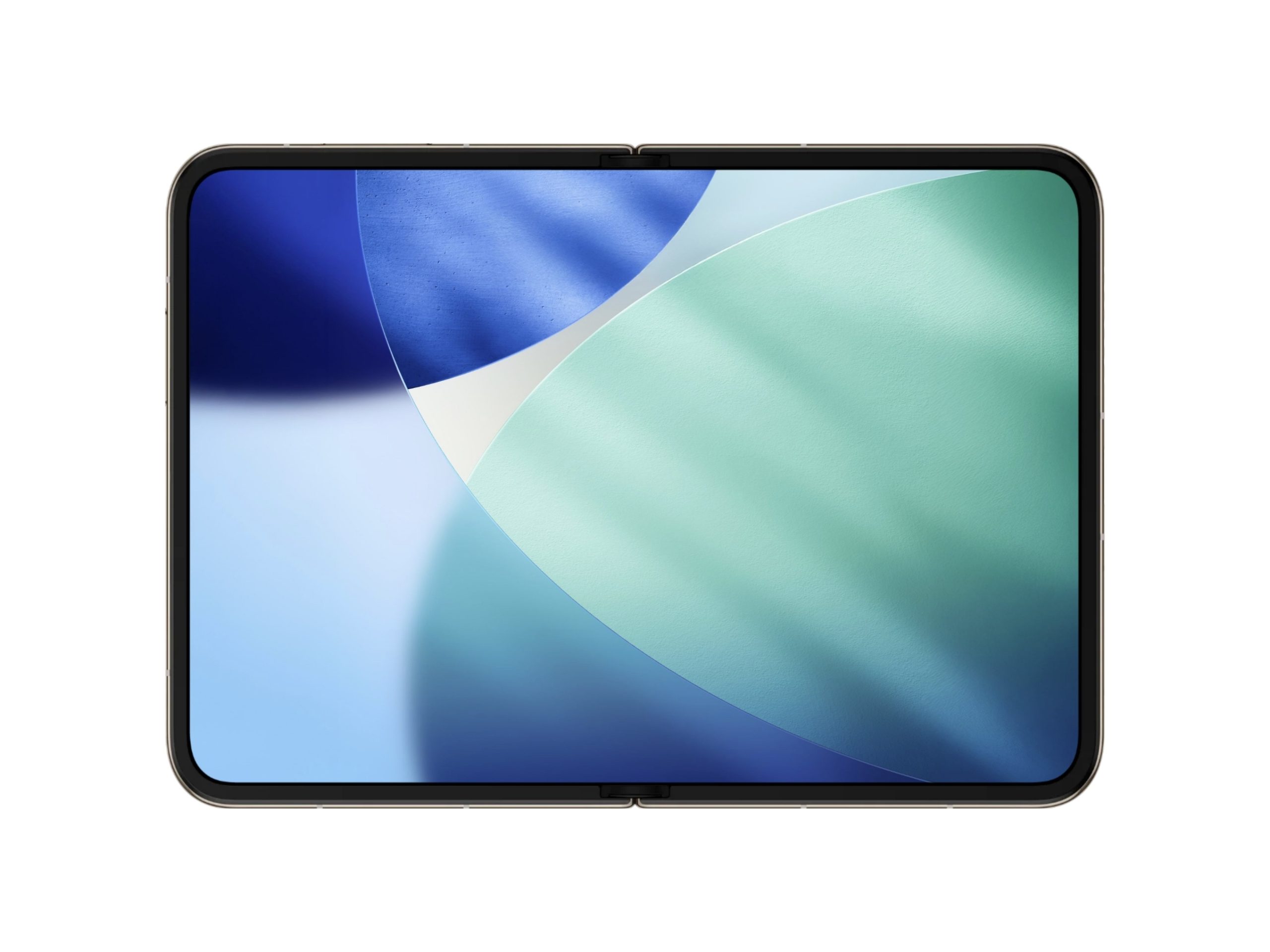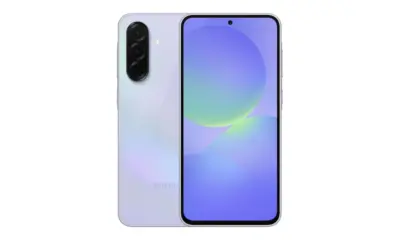Technology
Apple Aims for Crease-Free Display with 2026 iPhone Fold Launch

Apple is reportedly set to launch the anticipated iPhone Fold in September 2026, with a significant technological advancement that could eliminate the persistent crease found in foldable displays. According to Chinese media outlet UDN, citing supply chain sources, Apple has successfully moved its foldable device into the engineering validation stage. This development positions the iPhone Fold as a potential leader in the foldable smartphone market.
For years, the foldable smartphone category has faced criticism due to the visible crease that runs down the center of the screen. Major brands, notably Samsung, have made strides to improve this aspect, yet the crease remains a prominent flaw. Apple’s approach to this issue marks a pivotal shift; the company is not simply enhancing the flexible OLED panel but is instead addressing the crease as a structural problem. This systems-level engineering perspective necessitated extensive collaboration across the supply chain, including partnerships with Samsung Display, which developed the custom inner screen, and hinge manufacturer Amphenol.
The innovative solution involves several components designed to manage stress at a microscopic level. Reports indicate that a new hinge design utilizes durable Liquid Metal components, allowing for a slim yet robust profile. Additionally, the iPhone Fold will feature a custom-designed metal plate system that effectively distributes bending stress when the screen is folded. This represents a fundamental shift from merely concealing the crease to engineering it out entirely.
High-End Design and Pricing Expectations
If the reports hold true, this significant technological milestone could explain both the lengthy development timeline and the device’s projected specifications. The iPhone Fold aims for an ultra-thin profile, potentially measuring just 4.5 to 4.8 mm when unfolded. The device is expected to feature a 5.5-inch outer display and a tablet-class 7.8-inch inner screen. Achieving a crease-free design while maintaining such slim dimensions will likely require the use of premium materials, leading analysts to predict a high entry price of between $2,000 and $2,500.
By overcoming the crease issue, Apple could entice consumers who have been hesitant to embrace foldable smartphones. Should the iPhone Fold deliver on its promise of a seamless user experience, combined with the integration of Apple’s renowned software ecosystem, it could unlock mainstream demand for foldable devices. This success might set a new benchmark for the industry, although, as seen with the original Apple Vision Pro, the price point will play a crucial role in its market reception.
As the foldable smartphone landscape continues to evolve, Apple’s commitment to engineering excellence and user satisfaction may very well redefine consumer expectations for this emerging technology.
-

 Politics3 weeks ago
Politics3 weeks agoSecwepemc First Nation Seeks Aboriginal Title Over Kamloops Area
-

 World4 months ago
World4 months agoScientists Unearth Ancient Antarctic Ice to Unlock Climate Secrets
-

 Entertainment5 months ago
Entertainment5 months agoTrump and McCormick to Announce $70 Billion Energy Investments
-

 Lifestyle4 months ago
Lifestyle4 months agoTransLink Launches Food Truck Program to Boost Revenue in Vancouver
-

 Science5 months ago
Science5 months agoFour Astronauts Return to Earth After International Space Station Mission
-

 Technology3 months ago
Technology3 months agoApple Notes Enhances Functionality with Markdown Support in macOS 26
-

 Top Stories2 months ago
Top Stories2 months agoUrgent Update: Fatal Crash on Highway 99 Claims Life of Pitt Meadows Man
-

 Lifestyle3 months ago
Lifestyle3 months agoManitoba’s Burger Champion Shines Again Amid Dining Innovations
-

 Politics4 months ago
Politics4 months agoUkrainian Tennis Star Elina Svitolina Faces Death Threats Online
-

 Sports5 months ago
Sports5 months agoSearch Underway for Missing Hunter Amid Hokkaido Bear Emergency
-

 Politics4 months ago
Politics4 months agoCarney Engages First Nations Leaders at Development Law Summit
-

 Technology5 months ago
Technology5 months agoFrosthaven Launches Early Access on July 31, 2025



















